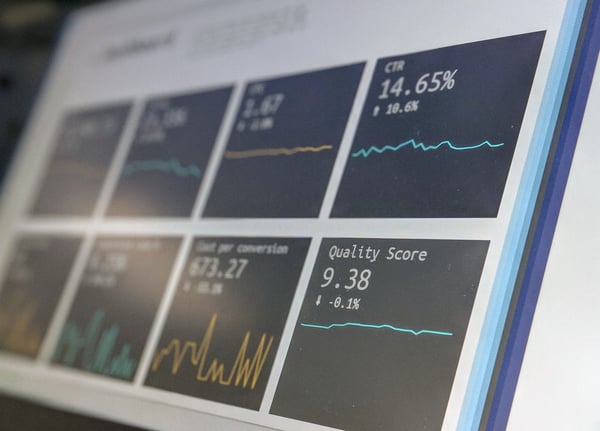
Andrii Paliichuk, Project Manager, Managing Director, Ukraine
The pharmaceutical industry is constantly evolving, and in order to be effective, CROs have to evolve alongside their Sponsors. At Advanced Clinical, that means constantly implementing better, faster, and more efficient ways to work -- and relying on data to adapt to our clients’ changing requirements and business priorities.
This culture of continuous improvement made it possible for our team to quickly redirect course when COVID-19 forced the closure of trial sites and stranded Clinical Research Associates (CRAs) at their home offices, unable to perform on-site visits.
Going remote during a pandemic
Advanced Clinical had a risk mitigation plan in place long before COVID-19, which allowed us to quickly adapt trials to a virtual setting. The plan provided sponsors, sites, and our own teams with a framework to identify risk indicators and shift to remote monitoring on our clinical trials. We implemented our Remote Monitoring SOP, which integrated into all of our trial operation plans to ensure continuity in the workflow and enable seamless document hand-off in virtual environments.
These two pre-existing documents gave us the agility to adapt to the current research environment. Then our teams started evaluating ways to improve the experience for our clients.
Even with remote monitoring in place, our leaders knew that site and sponsors would need time and support as they determined how best to proceed. As a result, our staff increased communication with all of their sites to make sure principal investigators (PIs) have what they need, and evaluated opportunities to improve the way we support them.
The email experiment: Higher response rate from PIs and quicker timelines
For example, shortly after we shifted to remote monitoring, our team supporting trials in Central and Eastern Europe had a sense that client communication preferences were evolving in response to the pandemic. As a result, our team decided to conduct an experiment.
Our staff approached PIs in Hungary, Poland, Ukraine, Czech Republic, Croatia, and Moldova with the objective for them to join our growing network of site relationships in Europe.
Normally, such requests would have occurred via face-to-face meetings or live conference calls. However, as sites have become more accustomed to remote interactions, we noticed a growing preference for email communication. We believe the response rates increased since email communication is a fast way to share information and makes the language barriers between the countries easier to manage.
As a test, we limited all PI contacts regarding the site network to Non-Disclosure Agreements distributed via e-mail to see how they would respond. Prior to the pandemic, emails often were ignored or lingered for days before PIs responded. The test uncovered a surprising shift.
The average response rate to the emails increased to 68 percent, with an average response time of just two days. The percent of sites that responded to these ‘cold e-mails’ was almost double compared to pre-COVID times.
|
# of sites contacted |
# of sites responded |
response rate |
response timelines, days |
|
|
Apr |
11 |
11 |
100% |
2.1 |
|
May |
15 |
10 |
67% |
1.8 |
|
Jun |
3 |
3 |
100% |
0.3 |
|
Jul |
74 |
28 |
38% |
3.3 |
|
Aug |
33 |
15 |
45% |
7.1 |
|
Average |
70% |
2.9 |
Although a small example, this underscores Advanced Clinical’s ‘assume, test, evolve’ approach to continuous improvement in the way we support our clients.
The test and the rapid response from PIs helped my team quickly identify which sites were the most motivated to participate in the site network. This test also made it easier to collect necessary information to define budgets, timelines, and other key data, because PIs responded to specific questions in the email communications, which benefits sites and sponsors.
The experiment is now causing my team to use email to address other communication needs. It allows them to increase the frequency of their contact with PIs, while making these connections more convenient compared to calls and video meetings. We feel very strongly that the remote communication will become the ‘new norm’ even after the pandemic.
